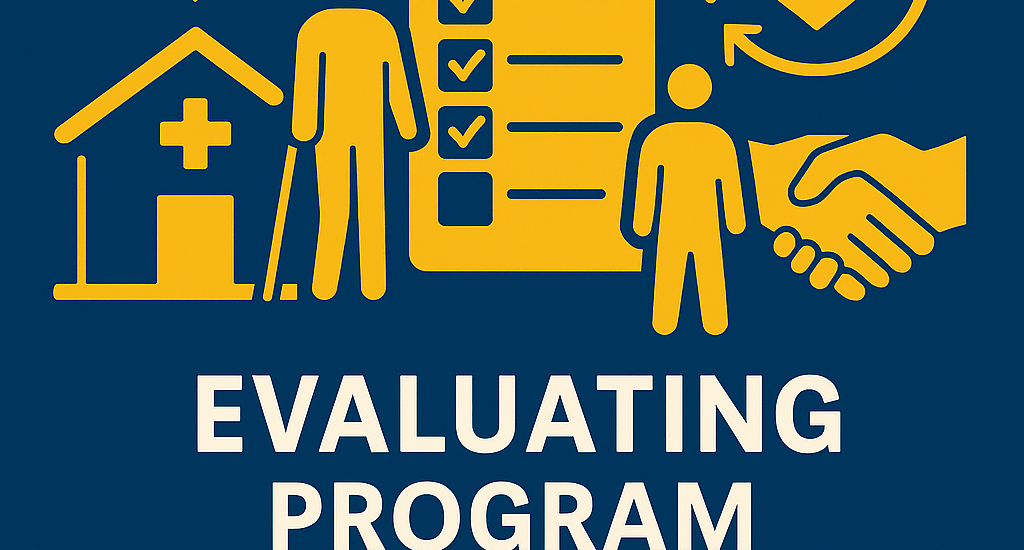Sustaining Health Services: What Drives Community Trust and Long-Term Utilization in Fragile Contexts
- June 12, 2025
- Posted by: HBC Insights
- Categories: Case Studies, Competitive Research, Disability Inclusion, Healthcare & Life Sciences, Innovation, Research & Insights

Measuring Program Sustainability in Health Delivery: Community Acceptance and Service Integration in Complex Contexts
Most health program evaluations focus on operational metrics—how many clinics operated, how many visits occurred? This evaluation investigated the more critical question: has the program earned sufficient community confidence that services will be utilized and sustained even as external support changes?
Evaluation Approach: Beyond Standard Metrics
Rather than relying solely on utilization statistics, we employed a comprehensive mixed-methods approach designed to understand health-seeking behavior and community trust. The assessment included service user interviews, community stakeholder discussions, provider competency evaluations, and facility operational assessments.
The evaluation examined community acceptance across multiple dimensions: actual service utilization patterns, trust in service providers, perceived service quality, and community recommendation likelihood. In contexts where health service adoption depends significantly on peer networks and community support, these indicators provide stronger sustainability signals than utilization numbers alone.
Scope and Methodology
The evaluation captured substantial variation across geographic and demographic contexts. Geographic diversity revealed important differences in service adoption based on facility accessibility, community demographics, and social context. These variations held critical implications for understanding what drives community engagement with health services.
Key Finding: Service Design and Community Adoption
Different service delivery models generated distinct patterns of community adoption and trust. Insights emerged regarding how program design choices—facility location, service accessibility, staffing patterns—directly influence whether communities perceive services as responsive to their needs. These findings have direct implications for program sustainability and future service expansion strategies.
Want the Full Evaluation Findings?
Complete report includes community acceptance analysis, sustainability projections, provider competency assessment, and specific recommendations for program scaling in fragile contexts.
Request Full Report